Contrary to popular belief, bees aren’t just a summertime inconvenience. Sure, it gets increasingly hard to relax outside on long, scorching days and hot, sticky nights with a swarm of insects buzzing around, but the fact still remains that we need bumblebees and honey bees for our survival. Not only do bees pollinate about a third of our food supply and crops, including fruits, vegetables, nuts, and cocoa beans, but they also make it possible to live in a world with honey. I mean, what would we Southerners do without sticky-sweet honey drizzled over fluffy biscuits? And just like we need our black and yellow-winged friends for delicious eats, bees, in turn, need flowers for food as well.
We’ll spare you the in-depth science lesson here, but the pollen and nectar from plants and flowers are a food source for bees. The nectar, like any sweet elixir, gives adult bees their «buzz» or energy, while the pollen is more like protein. And lots of garden blooms offer both sources for bees throughout the growing season. The following 25 sun-loving plants attract the bees and provide forage during spring, summer, and fall. So, the next time you’re in your garden planting a plot, take a moment to stop and smell the flowers—the bees and our planet will thank you.
Allium
- Botanical Name: Allium spp.
- Sun Exposure: Full sun
- Soil Type: Rich, well-drained, sandy loam
- Soil pH: Slightly acidic
,Alliums are ornamental onions with pollinator-friendly flowers that range from demure clusters to enormous pom-poms. Many are planted as bulbs in fall in rich, well-drained soil. The «onion» bulbs are not edible, so leave the feasting to the bees.
Aster
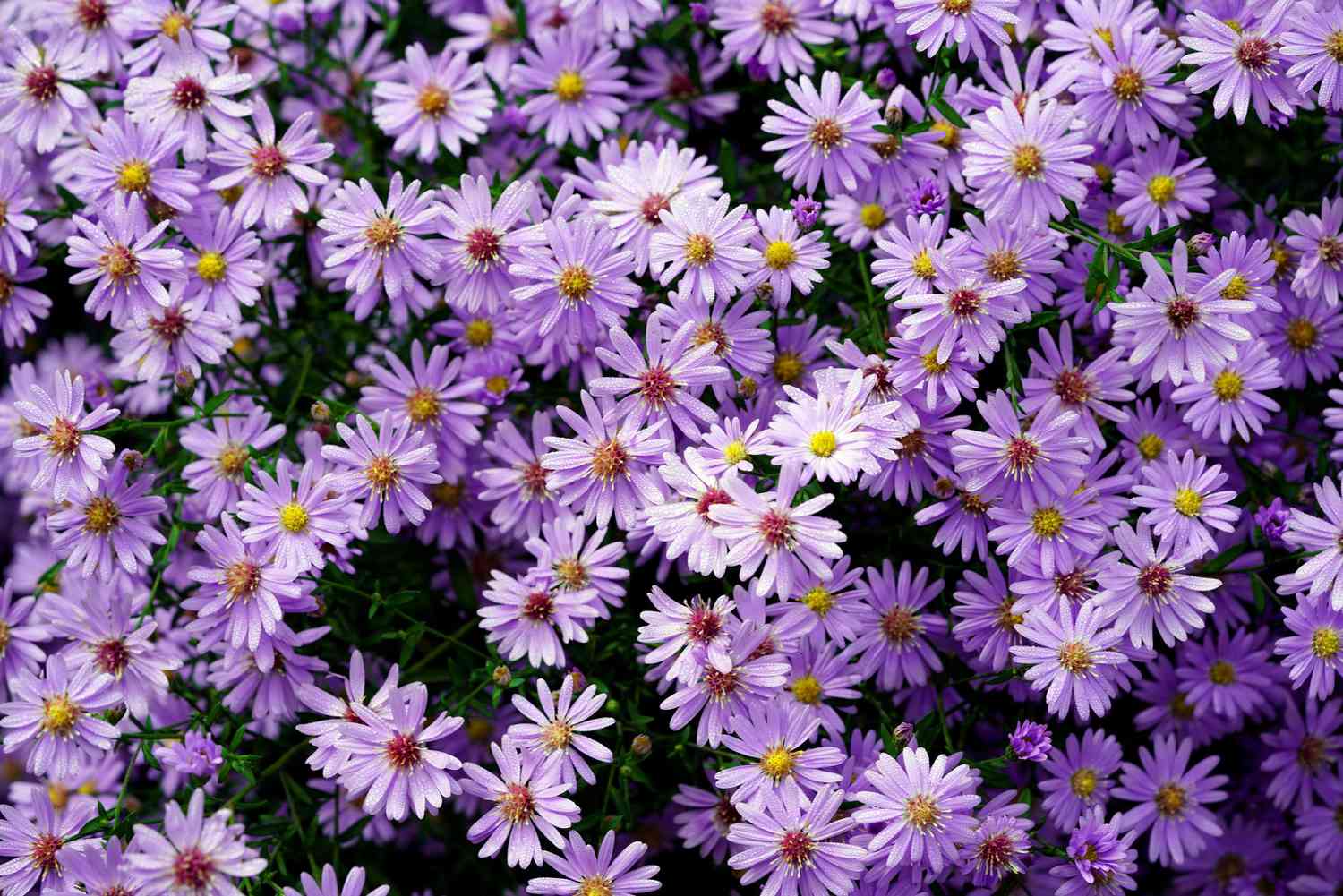
- Botanical Name: Aster, Eurybia, Symphyotrichum spp.
- Sun Exposure: Full sun, partial shade
- Soil Type: Moist, well-drained
- Soil pH: Varies
,
There are a confusing number of plants with small daisy-like blooms referred to as asters; many were once called Aster and are now reclassified as something else. The bees don’t care and will visit them all. Most garden center asters have summer or fall blooms and prefer full sun and moist soil, with some protection from mid-day sun appreciated in the lower South. There are also woodland species that thrive in partial shade.
Beardtongue

- Botanical Name: Penstemon spp.
- Sun Exposure: Full sun
- Soil Type: Well-drained, sandy, some species tolerate clay
- Soil pH: Varies
,Many penstemons from this large flower family are native to mountain ranges and dry areas, something to keep in mind when siting these plants. Penstemons from the southeast tend to appreciate more moisture. Their showy spikes attract many pollinators and have their very own specialized bee, a cute little green Osmia that depends on its flowers.
Bee Balm
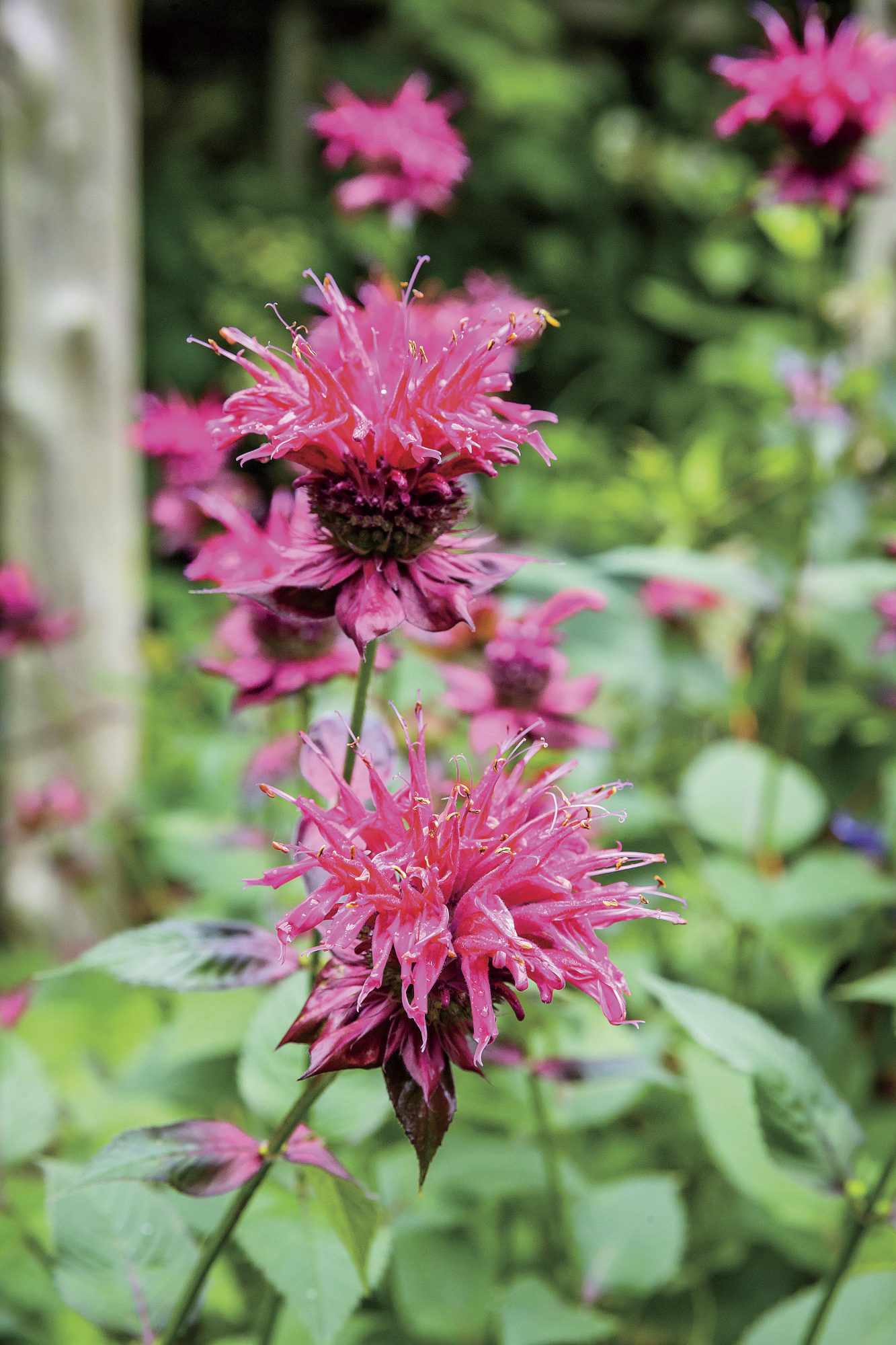
- Botanical Name: Monarda didyma
- Sun Exposure: Full sun, partial shade
- Soil Type: Moist, well-drained, clay
- Soil pH: Acid, neutral
,It’s no surprise that growing a plant bearing this name is like putting up a giant billboard for bees. Bee balm prefers moist soil, but is also susceptible to powdery mildew — cultivated varieties like this «Raspberry Wine» tout their mildew-resistance. Other Monarda species with pale purple or pink flowers also bear the name «bee balm,» and your pollinator friends will be happy to visit any of them.
Black-Eyed Susan
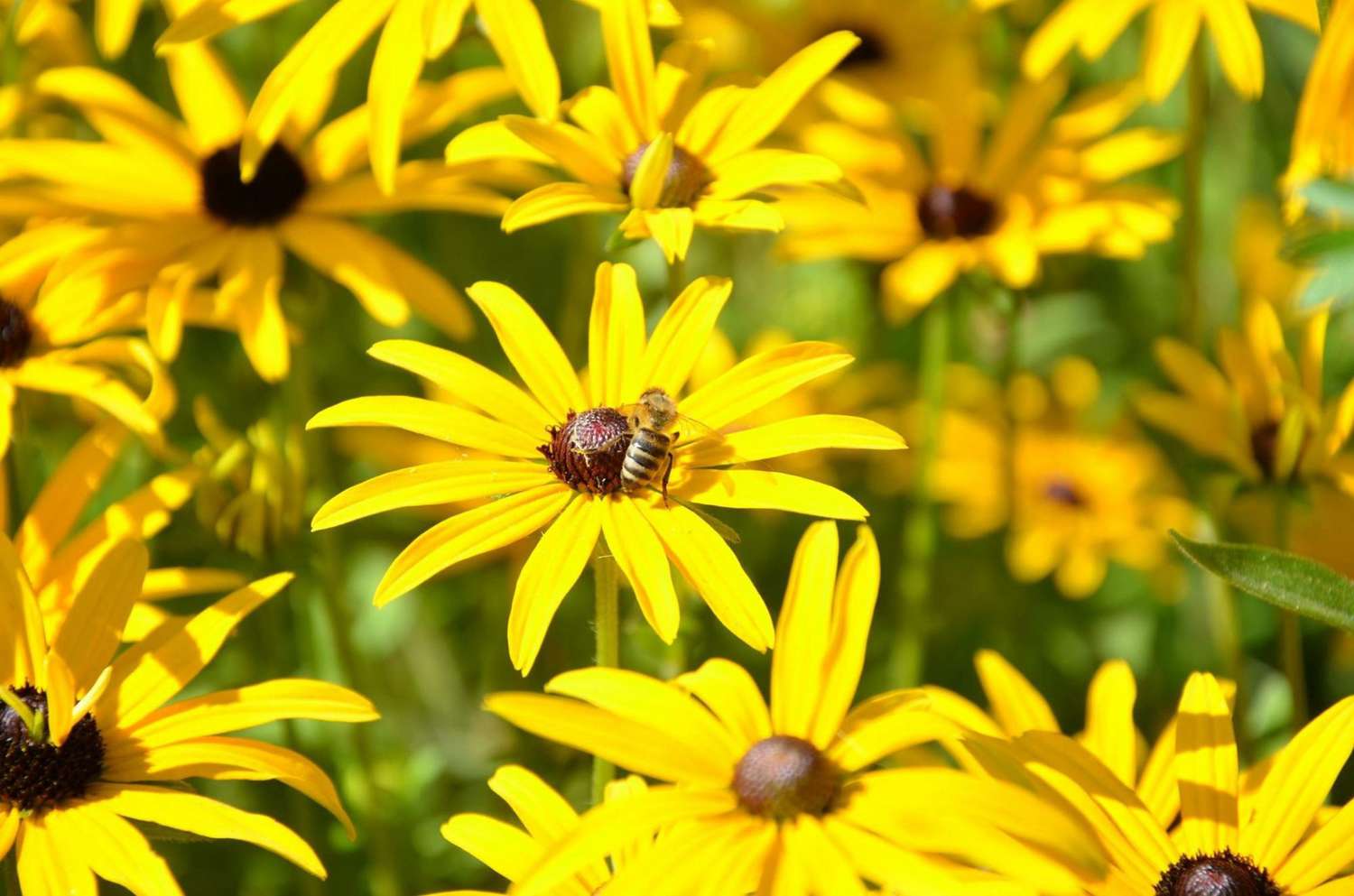
- Botanical Name: Rudbeckia hirta, R. fulgida
- Sun Exposure: Full sun, partial sun
- Soil Type: Well-drained, average, loam, sand, clay
- Soil pH: Acidic, neutral, alkaline
,
We welcome the cheerful addition of a sunny flower that can beat the summer heat, blooming when many other plants have faded away. Bees love feeding on its nectar and pollen-filled center (gold finches will show up for the seeds in fall). R. hirta is a short-lived plant that easily reseeds itself, usually with bright-yellow rays. R. fulgida, also called orange coneflower, is a perennial with golden rays. Both are tough prarie flowers that deserve a place in every garden.
Blue Salvia / Sage

- Botanical Name: Salvia spp.
- Sun Exposure: Full sun
- Soil Type: Well-drained, rich
- Soil pH: Slightly acidic, neutral
,Whether you choose flowers of sky blue, bluish lavender, or deep indigo, any blue sage will keep the bees coming. Strong, upright spikes of flowers last for months with occasional deadheading. Critters don’t like to eat the scented leaves.
Catmint
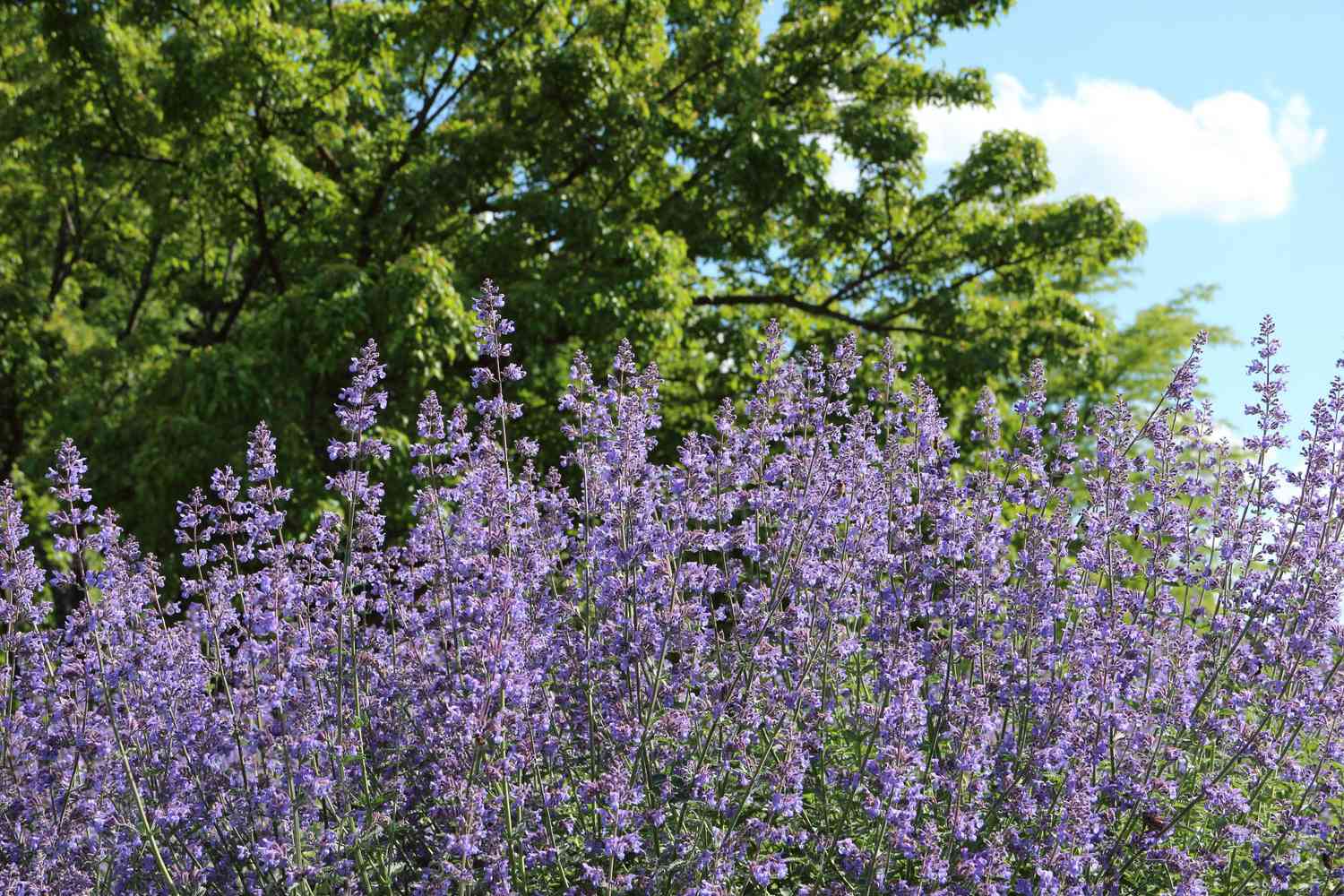
- Botanical Name: Nepeta x faassenii
- Sun Exposure: Full sun, partial shade
- Soil Type: Clay, loam, sandy, rocky
- Soil pH: Acidic, neutral, alkaline
,
Catmint has become beloved by gardeners and bees alike for its aromatic foliage and copious purple flowers. This plant is so vigorous you’re likely to end up with more than you want, but it’s easily controlled by removing spent flowers. Plus, shearing the plants will encourage them to rebloom.
Chives
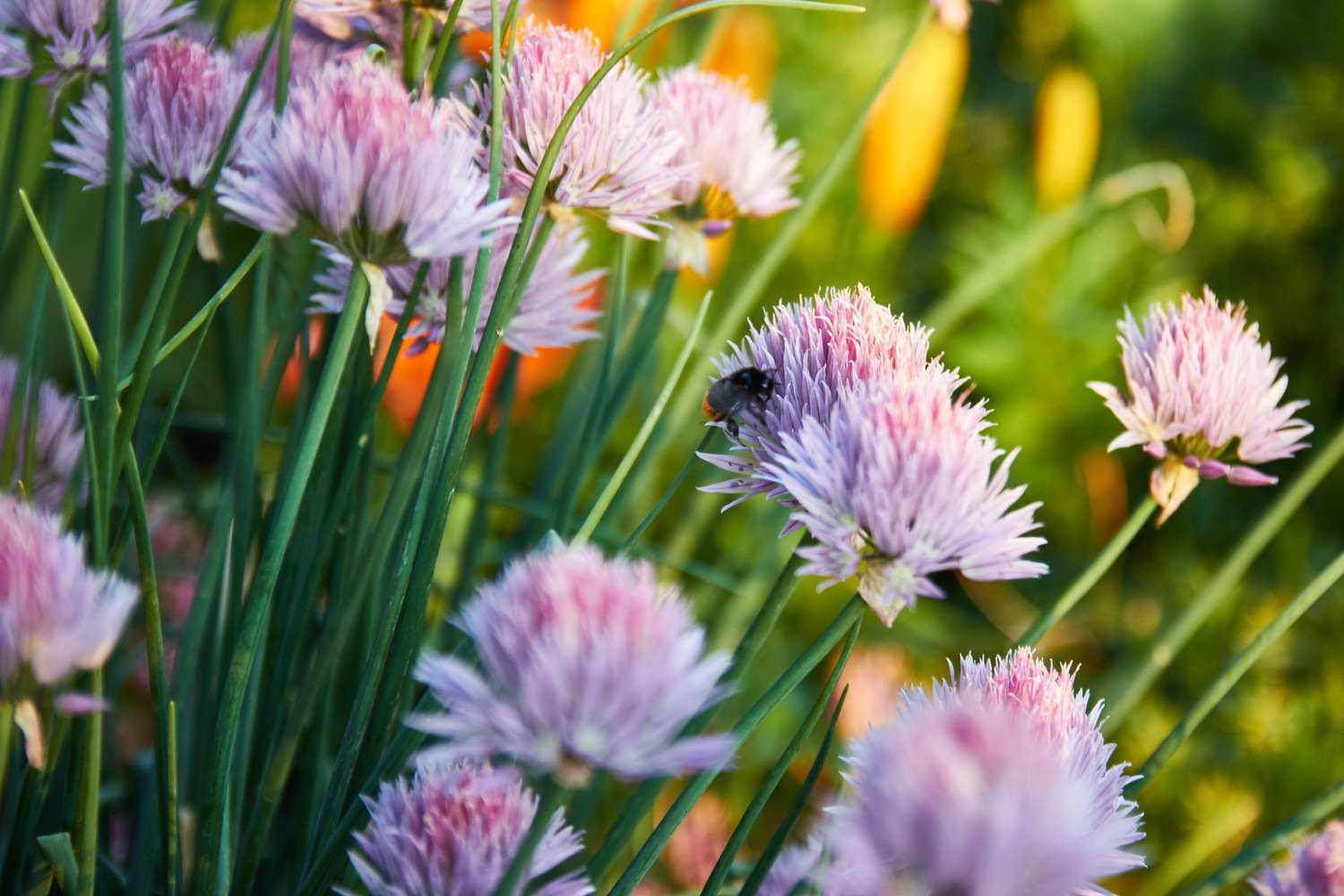
- Botanical Name: Allium schoenoprasum
- Sun Exposure: Full sun, light shade
- Soil Type: Rich, well-drained
- Soil pH: Slightly acidic, neutral
,
Not just another flowering onion, chives deserve special mention due to their invaluable contribution to the herb garden. In spring, hold off before chopping up the leaves to use on potatoes or to garnish soups and salads. The grass-like leaves produce charming lavender-pink flowers, which you can shear off after they begin to fade. Chives appreciate more moisture and will tolerate more shade than many alliums.
Cleome
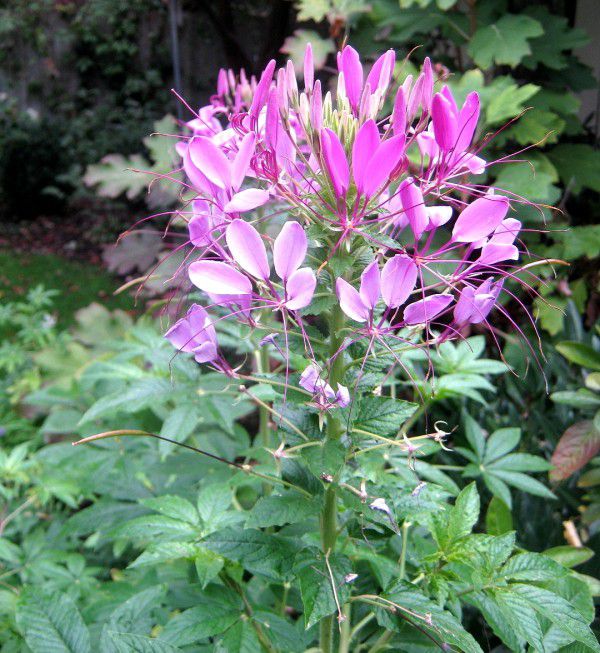
- Botanical Name: Cleome houtteana
- Sun Exposure: Full sun
- Soil Type: Well-drained, rocky, clay, loam
- Soil pH: Mildly acidic, neutral
,Cleome is sometimes referred to as spider flower, but arachnophobes need not fear its exuberant flowers. Usually found in shades of pink, purple, or white, cleome grows quickly from seed or can be purchased from the garden center. The plants grow progressively taller, blooming from early summer until frost; plant taller types in the back of the border.
Goldenrod
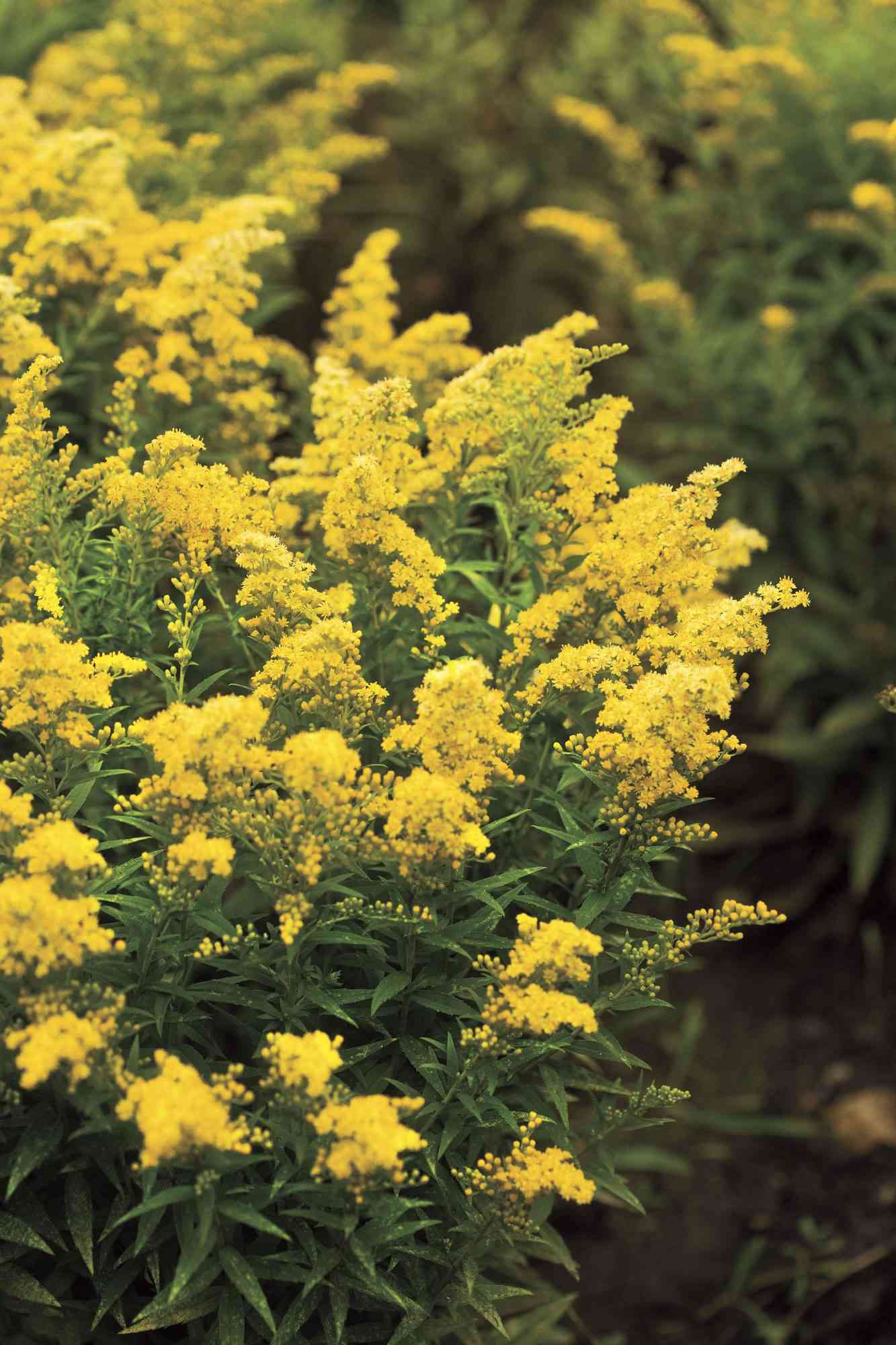
- Botanical Name: Solidago spp.
- Sun Exposure: Full sun, partial sun
- Soil Type: Clay, loam
- Soil pH: Acidic
,
Goldenrod is positively abuzz with bees in fall, from tiny sweat bees to huge carpenter bees. These plants provide a valuable food source at the end of the season and will grow just about anywhere with few complaints or fuss. Most goldenrods prefer well-drained soil in a sunny spot, but zigzag goldenrod (S. flexicaulis) can be grown in a woodland garden. A healthy clump of goldenrod will spread quickly, but that means more to share with friends and neighbors.
Joe-Pye Weed

- Botanical Name: Eutrochium spp.
- Sun Exposure: Full sun, afternoon shade
- Soil Type: Any moist soil
- Soil pH: Acidic, neutral, alkaline
,This «weed» is a valuable addition in any butterfly garden. Joe-Pye weed rises dramatically from the back of sunny flowerbeds in summer, topped with large pink flowerheads that can last into fall. If you don’t have the space for a 5-foot plant, try one of the newer varieties like «Little Joe.»
Lantana

- Botanical Name: Lantana spp.
- Sun Exposure: Full sun
- Soil Type: Well-drained
- Soil pH: Acidic, neutral
,Small clusters of lantana flowers yield big results for pollinators, especially since this plant is going strong from the first warm days of spring until the first frost. Lantana is often grown as an annual in flower beds and containers, but some varieties form a huge, shrub-sized mound of orange and yellow blossoms. Lantana is happy to live in coastal areas, soaks up the sun without complaint, and is drought-tolerant once established.
Lavender
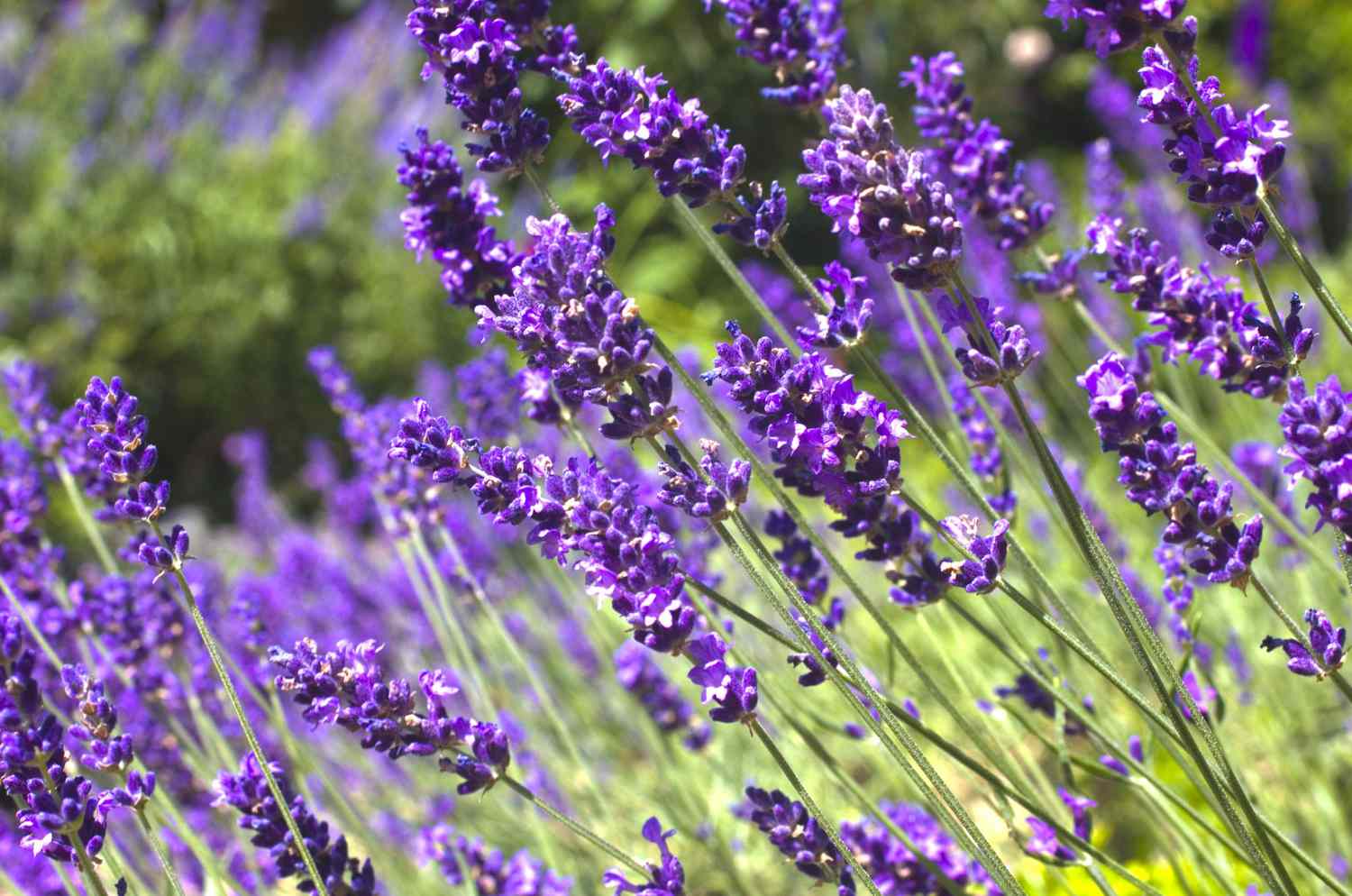
- Botanical Name: Lavandula spp.
- Sun Exposure: Full sun
- Soil Type: Well-drained, sandy
- Soil pH: Neutral
,
Lavender plants are much-buzzed about when it comes to honey bees—possibly because of their long bloom time and the fact that they’re rich in nectar. This Mediterranean herb likes the heat but not the humidity, so make certain to plant it in full sun in sandy or gravelly soil. Choose lavenders that will thrive in the South, like Phenomenal™ Lavender from the Southern Living Plant Collection.
Lilac
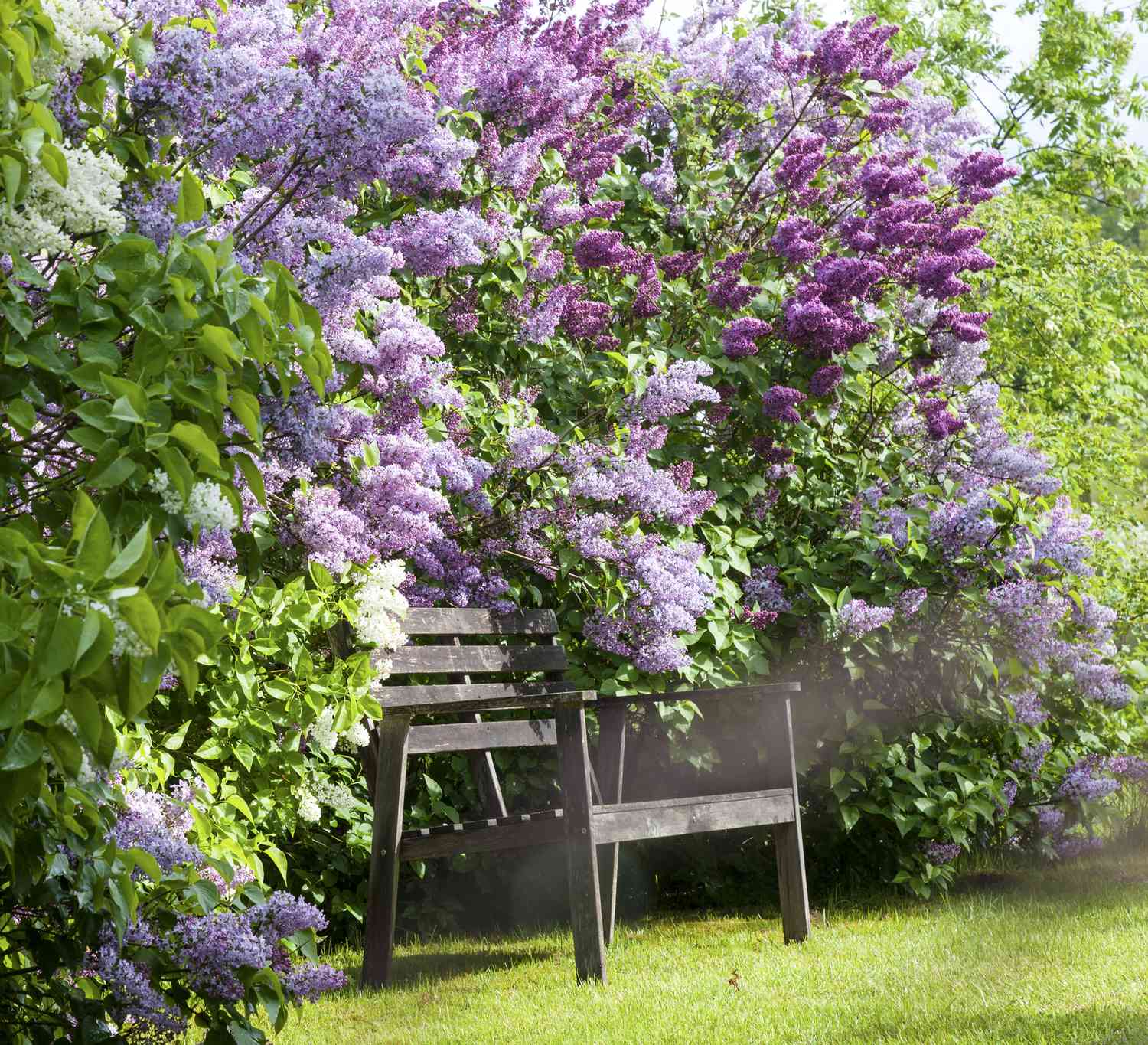
- Botanical Name: Syringa spp.
- Sun Exposure: Full sun
- Soil Type: Well-drained, evenly moist
- Soil pH: Neutral to alkaline
,
Lilacs are available in shrub to small-tree size and give off a sweet, floral fragrance in spring to keep the bees and butterflies coming back for more. Contrary to popular belief, there are lilacs that can grow in the heat of the South, like «Lavender Lady,» «Miss Kim,» and «Angel White.» Mix in compost when planting and make sure the soil drains well.
Mint
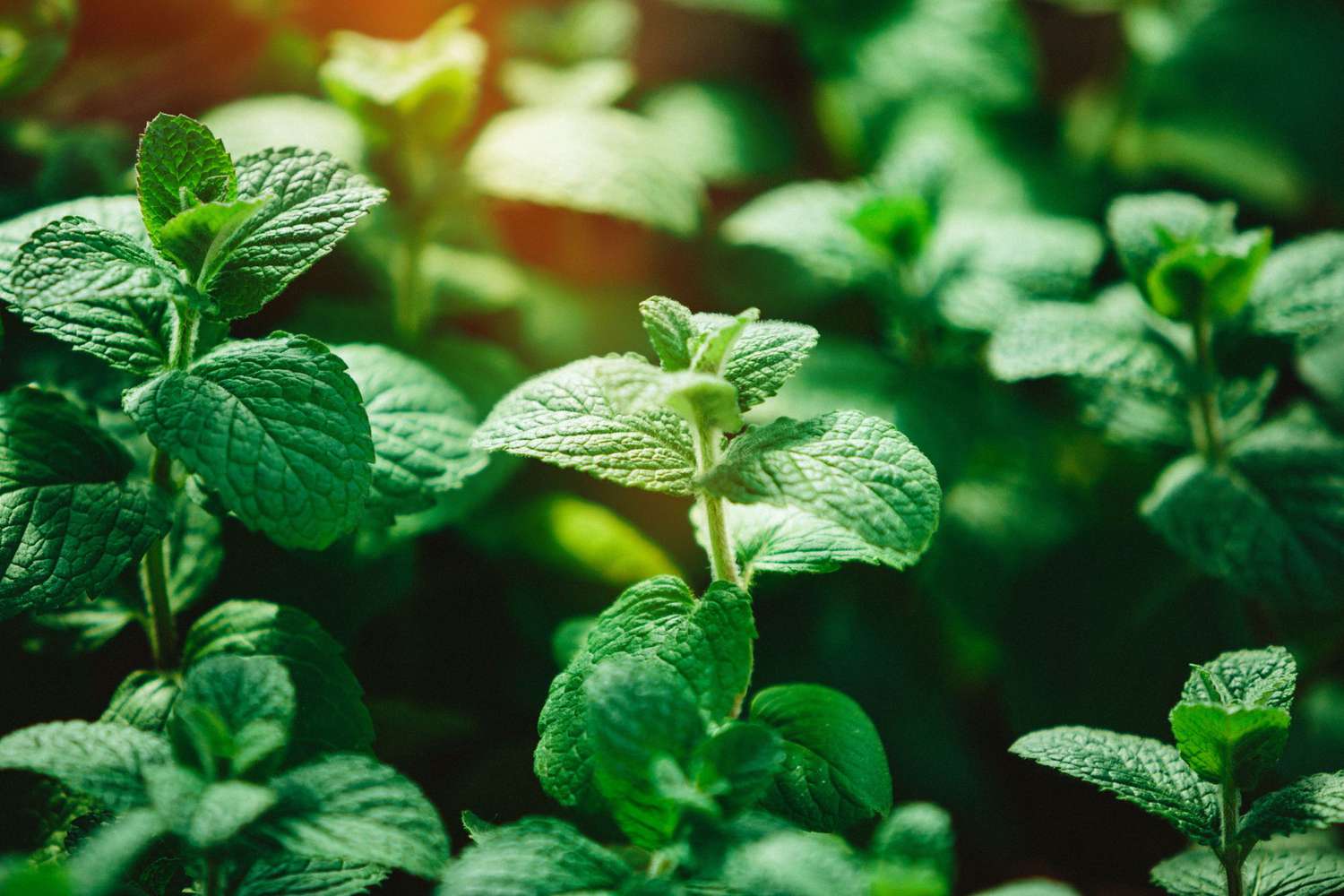
- Botanical Name: Mentha spp.
- Sun Exposure: Full sun, partial sun
- Soil Type: Fertile, moist
- Soil pH: Slightly acidic, neutral
,
When it’s hot outside, Southerners will find any excuse to sneak a little mint in their cocktails, main dishes, and desserts. So it should come as no surprise that bees love the plant when it’s allowed to flower (the little white or lavender blooms will appear on any tips you don’t pinch throughout summer). Plant it in a pot to keep it from taking over the garden, and provide partial shade in the afternoon in hot climates.
Pentas

- Botanical Name: Pentas lanceolata
- Sun Exposure: Full sun, partial shade
- Soil Type: Clay, loam, sand
- Soil pH: Acidic
,Sometimes called Egyptian starcluster, this tropical perennial is grown as an annual bedding flower in most gardens. Pentas come in a wide range of colors (the red ones will attract hummingbirds, too). And while these plants welcome pollinators of all kinds, deer don’t like to dine on them.
Poppy
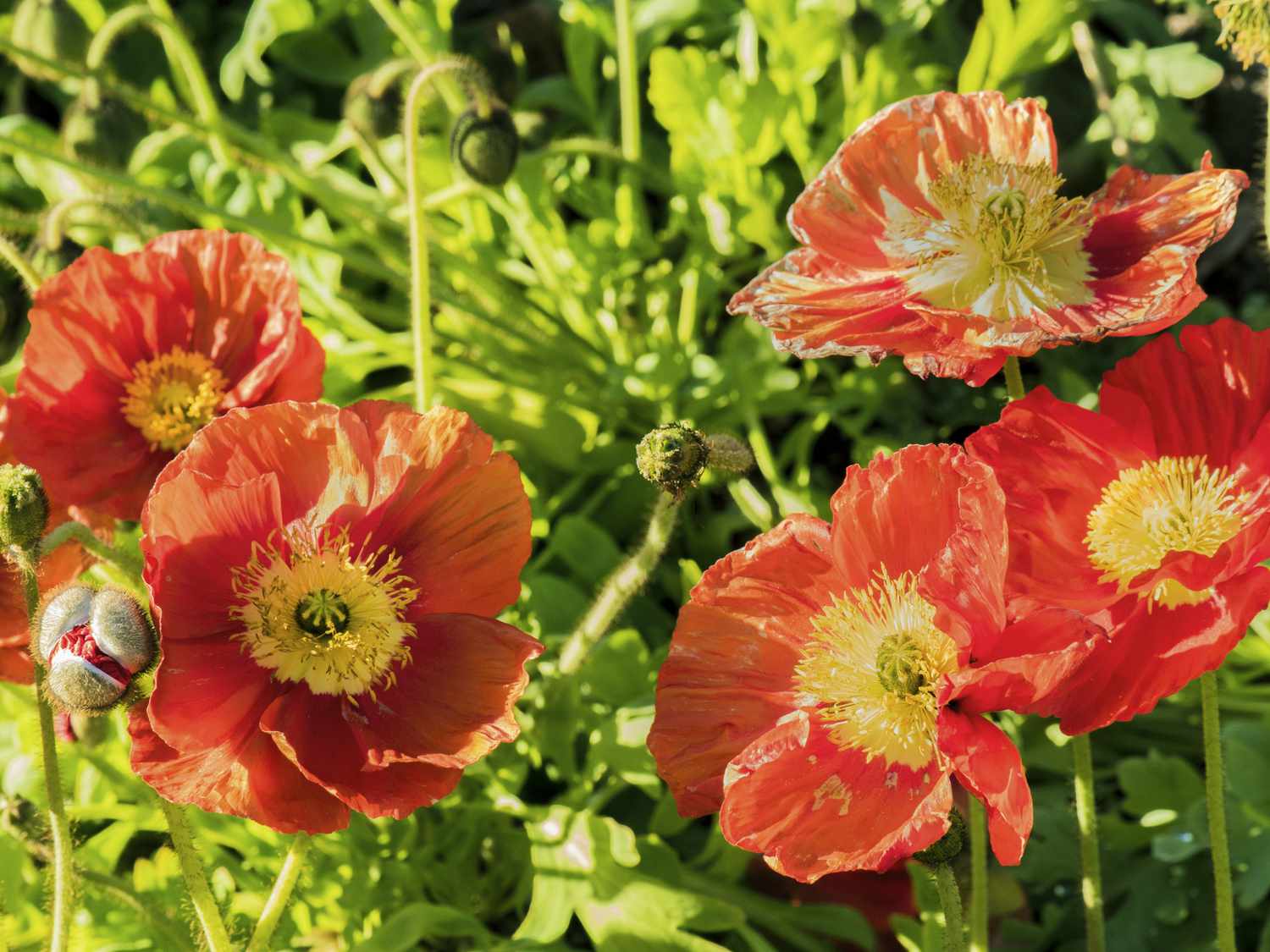
- Botanical Name: Papever spp.
- Sun Exposure: Full sun
- Soil Type: Well-drained
- Soil pH: Slightly acidic to slightly alkaline
,Poppies come in both annual and perennial versions; either way we adore their bright, crepey flowers. Corn poppies and breadseed poppies are recommended for warmer climates. In dry regions, an unrelated «poppy,» the California poppy (Eschscholzia californica), makes a perfect bee magnet.
Purple Coneflower
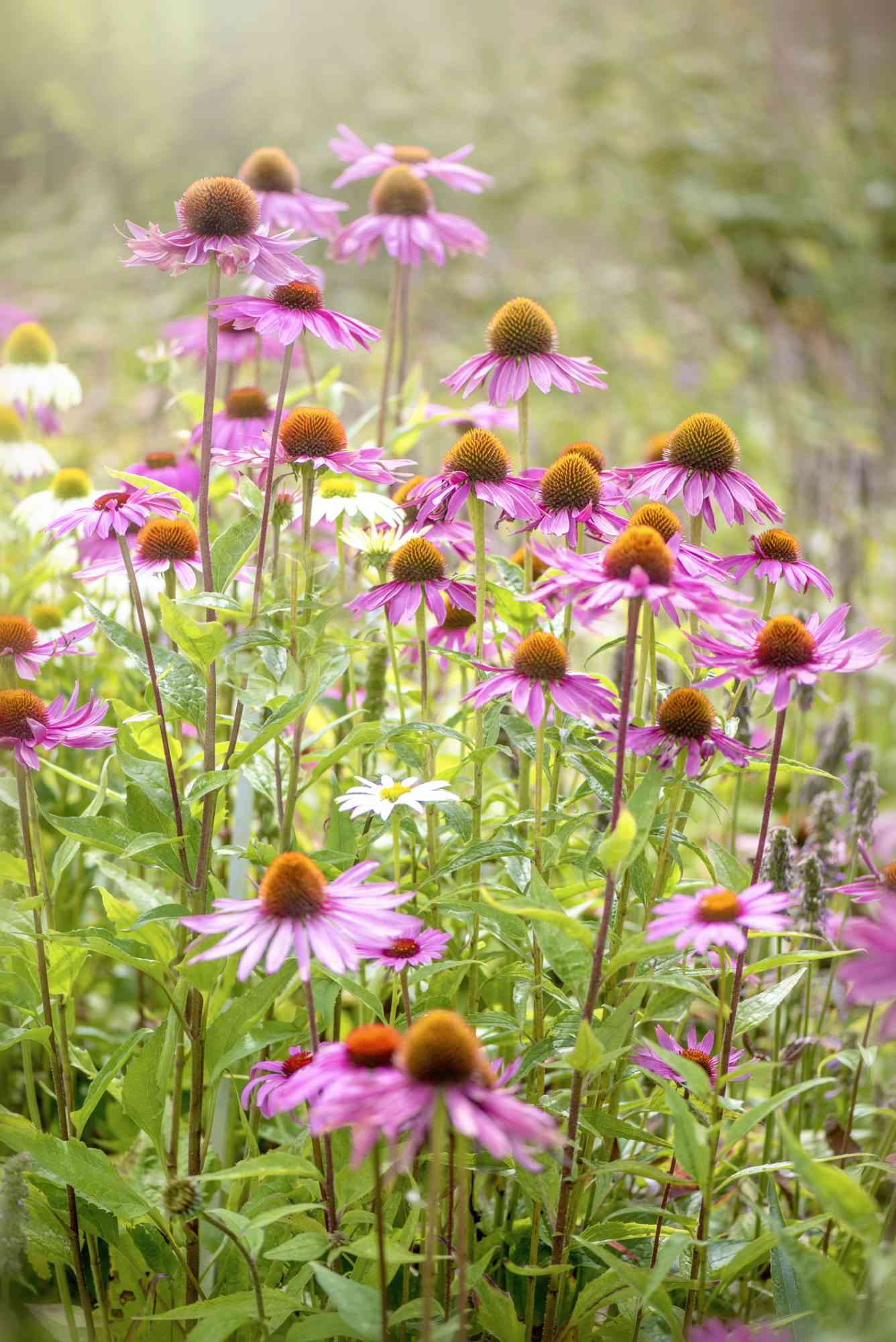
- Botanical Name: Echinacea purpurea
- Sun Exposure: Full sun, partial sun
- Soil Type: Well-drained clay, loam, or sand
- Soil pH: Acidic, neutral
,Purple coneflowers can bloom from summer into early fall, with daisy-like blooms perfect for drawing bees and butterflies and adding cottage charm to your garden. These tough natives can adapt to many soils and grow in full and part sun. Leave a few «cones» behind for birds to snack on in winter.
Phlox
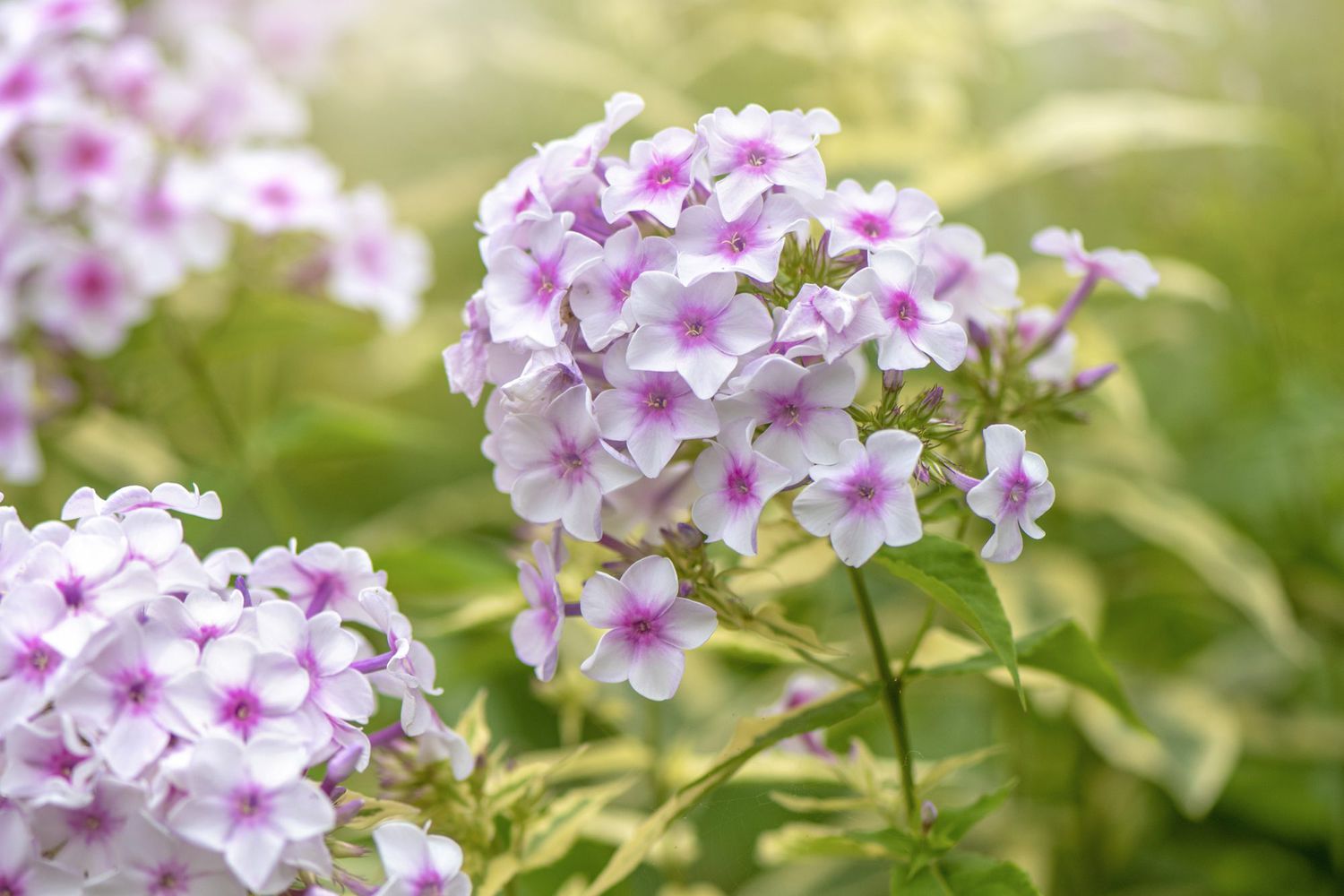
- Botanical Name: Phlox spp.
- Sun Exposure: Full sun, partial shade
- Soil Type: Well-drained, clay, loam, sand, preferably moist
- Soil pH: Varies
,From creeping phlox to tall garden phlox, these flowers are known for their panache. The colors of these cottagey flowers range from brilliant magentas to cotton-candy pinks to fluffy whites. Phlox is very tolerant but performs best in well-drained, fertile, moist soil.
Snapdragon
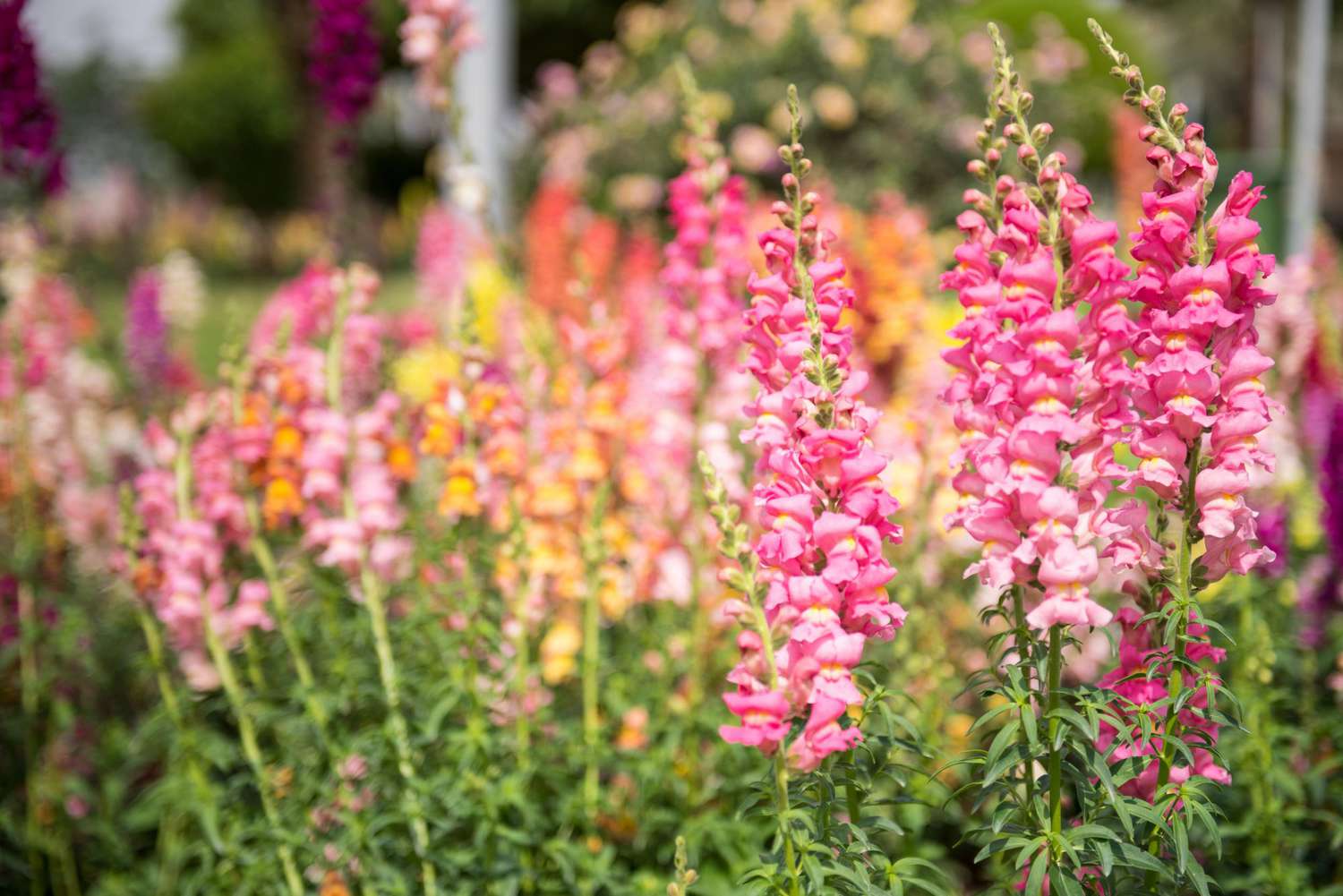
- Botanical Name: Antirrhinum majus
- Sun Exposure: Full sun, partial sun
- Soil Type: Fertile, well-drained, moist
- Soil pH: Slightly acidic, neutral
,Provide food for bees in the cooler months, too, with sweet-scented snapdragons. Fun fact: Bees can’t see red. However, they do see yellow and blue, which makes the color of snapdragons attractive to bees as well. Bumblebees push open the lipped flowers for easy access to its sweetness.
Stonecrop

- Botanical Name: Hylotelephium spp.
- Sun Exposure: Full sun
- Soil Type: Well-drained, clay
- Soil pH: Mildly acidic, neutral, alkaline
,
Stonecrop (also known as sedum) blooms towards summer’s end, making it possible for worker bees to store up food for the winter. The starry flowers on this succulent perennial provide nectar that is easy to reach for short-tongued honey bees. «Autumn Joy» is a longtime favorite, but there are many others to be found.
Sunflowers
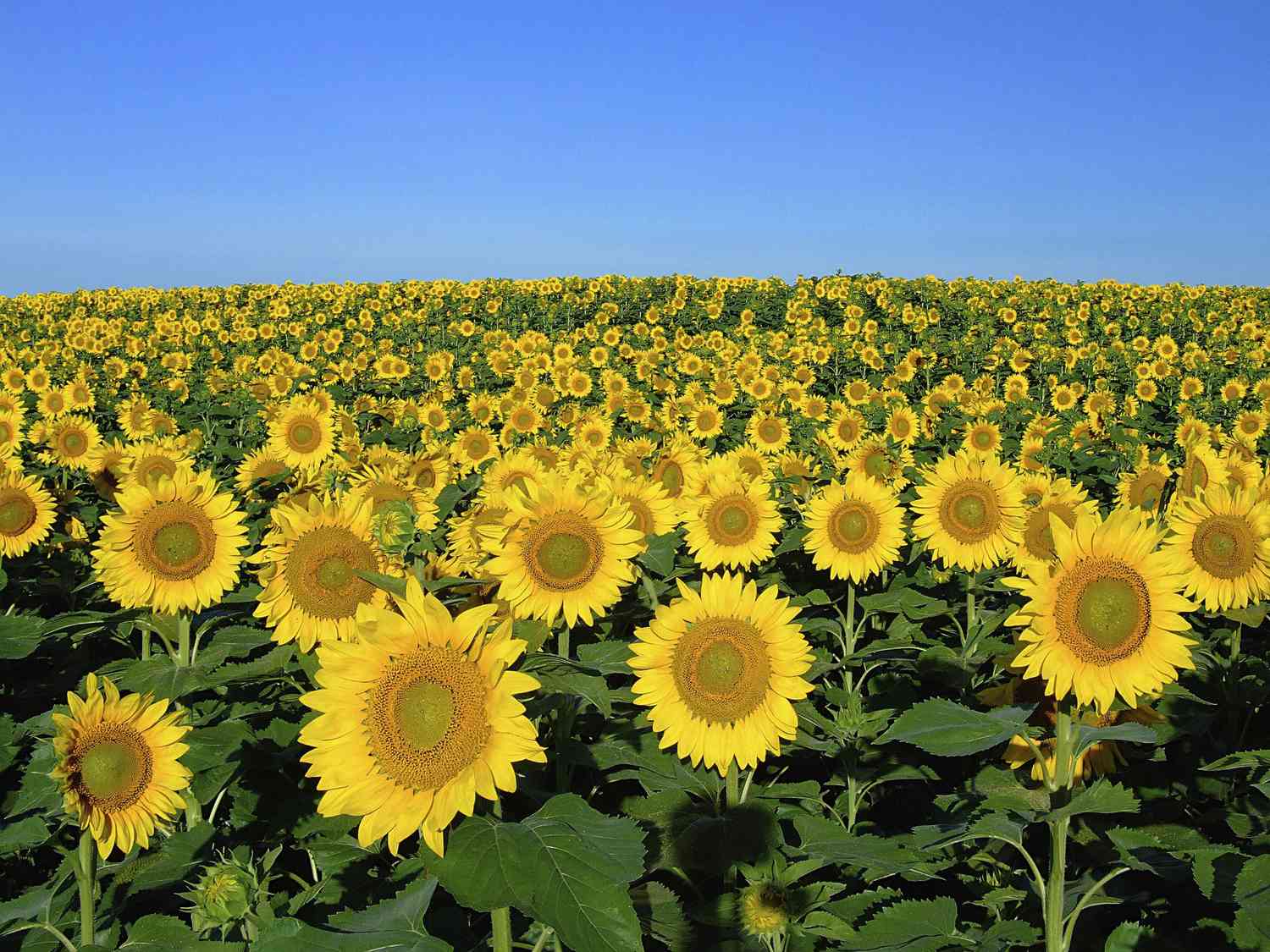
- Botanical Name: Helianthus annuus
- Sun Exposure: Full sun
- Soil Type: Well-drained
- Soil pH: Slightly acidic to slightly alkaline
,
You can grow sunflowers that are anywhere from a few feet tall to the 16-foot-tall «Sunzilla.» Sunflowers» big, prolific heads contain smaller flowers inside the circular disc, a nectar and pollen playground for pollinators that also yields seeds and oil. Start planting seeds after the last frost on a staggered schedule, and enjoy the cheery flowers all summer long.
Wisteria

- Botanical Name: Wisteria spp.
- Sun Exposure: Full sun
- Soil Type: Well-drained, moderately fertile
- Soil pH: Slightly acidic, neutral
,
Wisteria vines are quite fragrant, and when blossoms start to bloom during its short growing season, you can expect to see a swarm buzzing around this charming climber. We recommend growing less invasive, native wisterias like «Amethyst Falls» from the Southern Living Plant Collection.
Yarrow
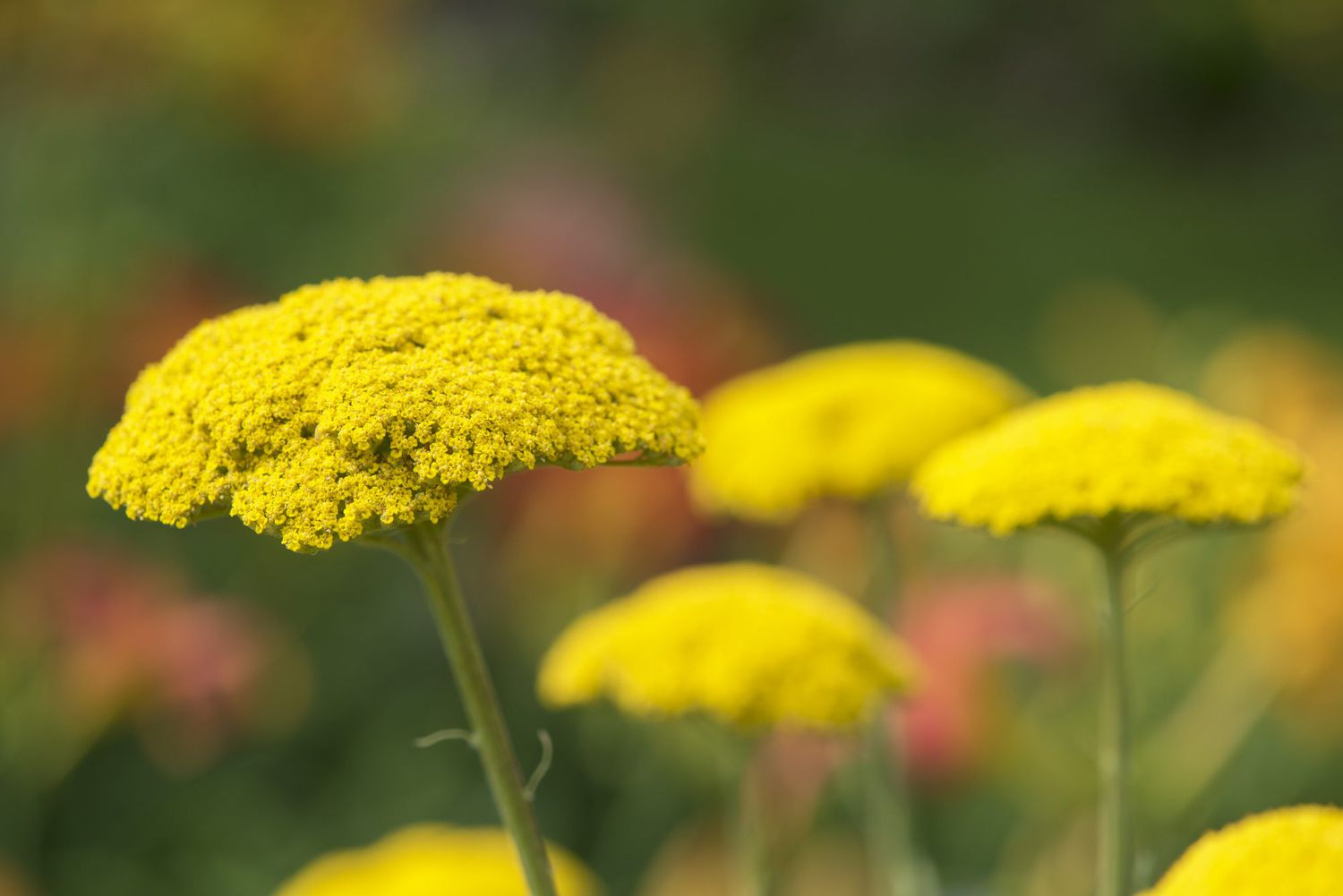
- Botanical Name: Achillea spp.
- Sun Exposure: Full sun, partial shade
- Soil Type: Well-drained, sand
- Soil pH: Mildly acidic to mildly alkaline
,
Yarrow has ferny, medicinal-smelling foliage and flat, clustered flower heads in yellow, white, or magenta that provide a large landing pad for pollinators. This drought-resistant plant doesn’t mind hot, humid summers as long as you plant it in well-drained soil. Yarrow also makes a great dried flower for your fall flower arrangements.
Zinnia
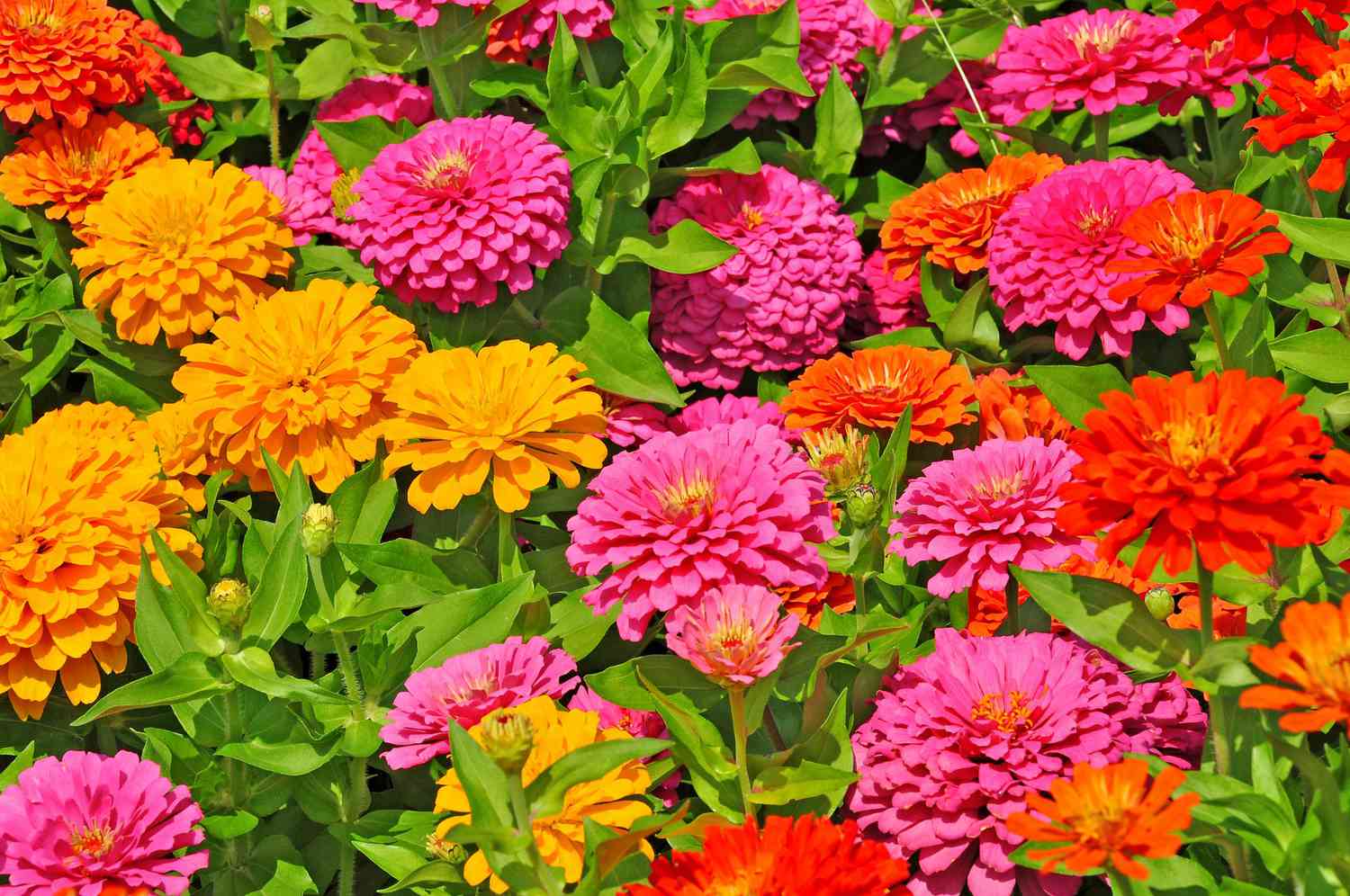
- Botanical Name: Zinnia spp.
- Sun Exposure: Full sun
- Soil Type: Well-drained, average
- Soil pH: Acid, neutral, alkaline
,Add a big pop of color to your summer garden with multi-colored zinnias. Once established, zinnias are very low maintenance. Deadhead spent blooms to keep the flower show going until frost.